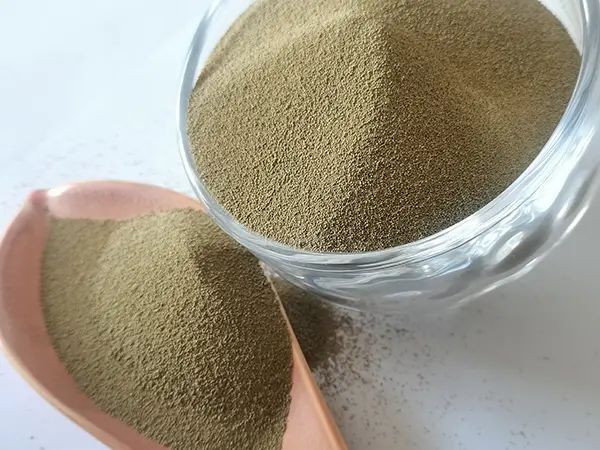Is Sand Casting Sustainable?
Sand casting is one of the oldest and most widely used metal casting processes. It involves creating a mold from a mixture of sand, clay, and water, in which molten metal is poured to create various components. Given the increasing focus on sustainability across industries, it raises an important question is sand casting a sustainable manufacturing process?
Environmental Impact of Sand Casting
One of the primary concerns surrounding any manufacturing process is its environmental impact. Sand casting, while relatively straightforward and cost-effective, does have several environmental considerations. The primary raw material, sand, is abundant and often sourced from sustainable locations. However, the mining of sand can lead to environmental degradation if not managed responsibly. Excessive sand mining can destroy habitats, alter landscapes, and negatively affect local ecosystems.
Moreover, the production of the binding agents used in sand casting, such as clay and various chemicals, can also have significant environmental footprints. The mining and processing of these materials may involve energy-intensive methods that can contribute to greenhouse gas emissions.
Energy Consumption and Waste
Energy consumption is another crucial factor when evaluating the sustainability of sand casting. The process typically requires large amounts of energy, especially in the melting phase where metal temperatures can soar beyond 1400°C (2550°F). This energy is often derived from fossil fuels, contributing to carbon emissions. However, advancements in renewable energy sources and more efficient melting technologies present opportunities to reduce this footprint.
In terms of waste, sand casting generates significant amounts of waste, particularly in the form of sand molds that are used only once. Although used sand can be recycled and reused in some applications, the process to clean and repurpose the sand can also be energy-intensive and less sustainable.
is sand casting sustainable

Innovations in Sand Casting
Despite the challenges, there is a growing trend toward enhancing the sustainability of sand casting through innovation and technology. One promising area is the development of alternative binders that are more environmentally friendly than traditional clay-sand mixtures. For instance, organic binders derived from renewable resources are being explored, which can reduce the environmental impact of both extraction and production.
Additionally, companies are increasingly adopting practices such as 3D printing for mold creation, which can minimize waste and allow for greater design flexibility. This technology can utilize recycled materials, thereby further improving the sustainability quotient of the sand casting process.
Life Cycle Assessment
To better understand the sustainability of sand casting, a comprehensive life cycle assessment (LCA) is essential. An LCA evaluates the environmental aspects associated with all stages of a product’s life, from raw material extraction through production to disposal. Preliminary studies suggest that while sand casting has a notable carbon footprint, careful management of resources and the adoption of cleaner technologies could significantly mitigate these impacts.
Conclusion
In conclusion, while sand casting is not without its environmental challenges, the path to sustainability does exist. As industries continue to innovate and implement greener practices, there is potential to improve the sustainability of the sand casting process. Transitioning to renewable energy sources, developing environmentally friendly materials, and minimizing waste through advanced technologies are all viable strategies. Ultimately, the future of sand casting could align closely with sustainability goals, ensuring that this age-old method continues to be a viable component of modern manufacturing in an increasingly eco-conscious world.
Post time:Nov. . 27, 2024 00:55
Next:Affordable Options for 3D Sand Printers and Their Pricing Insights
